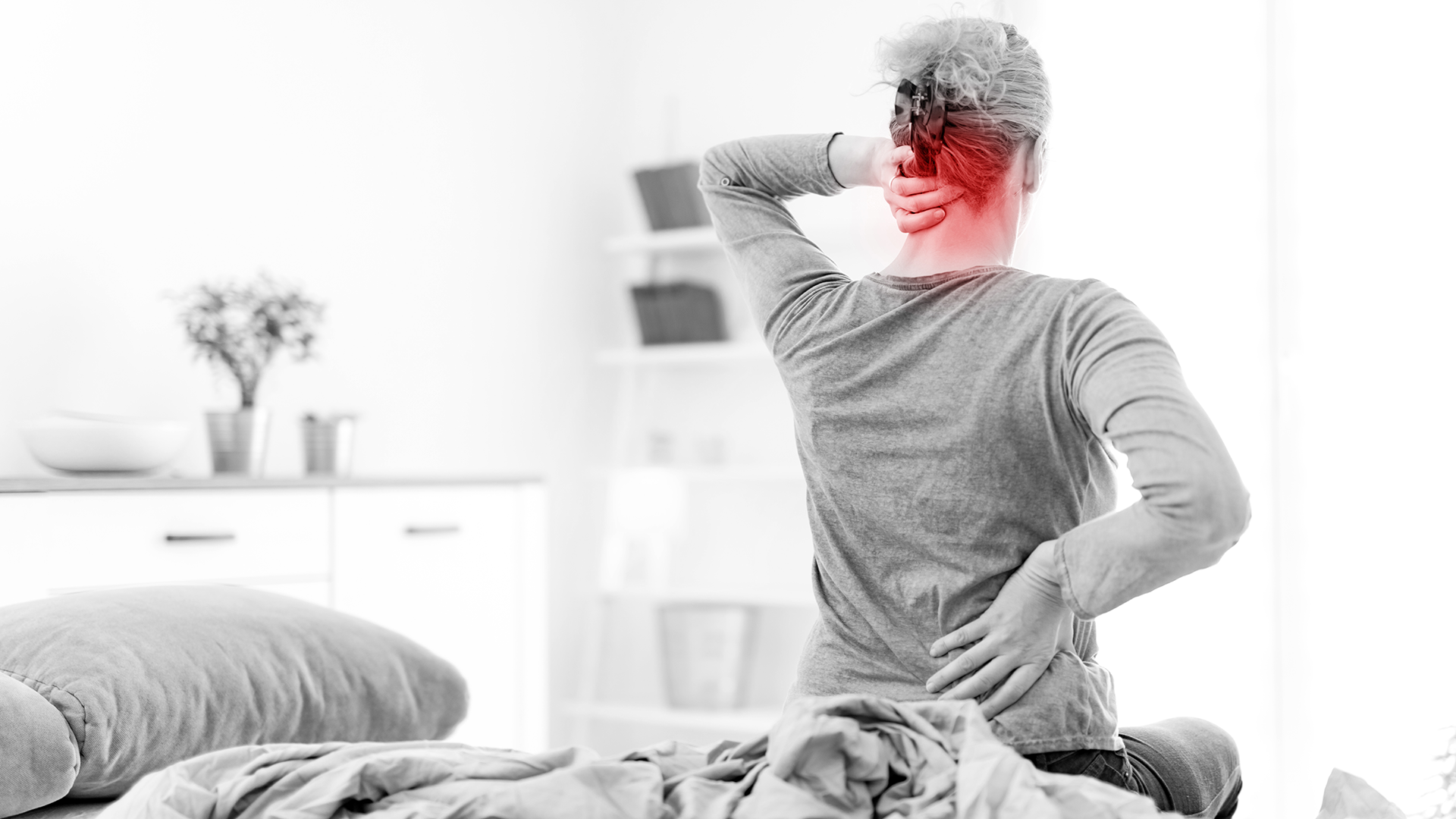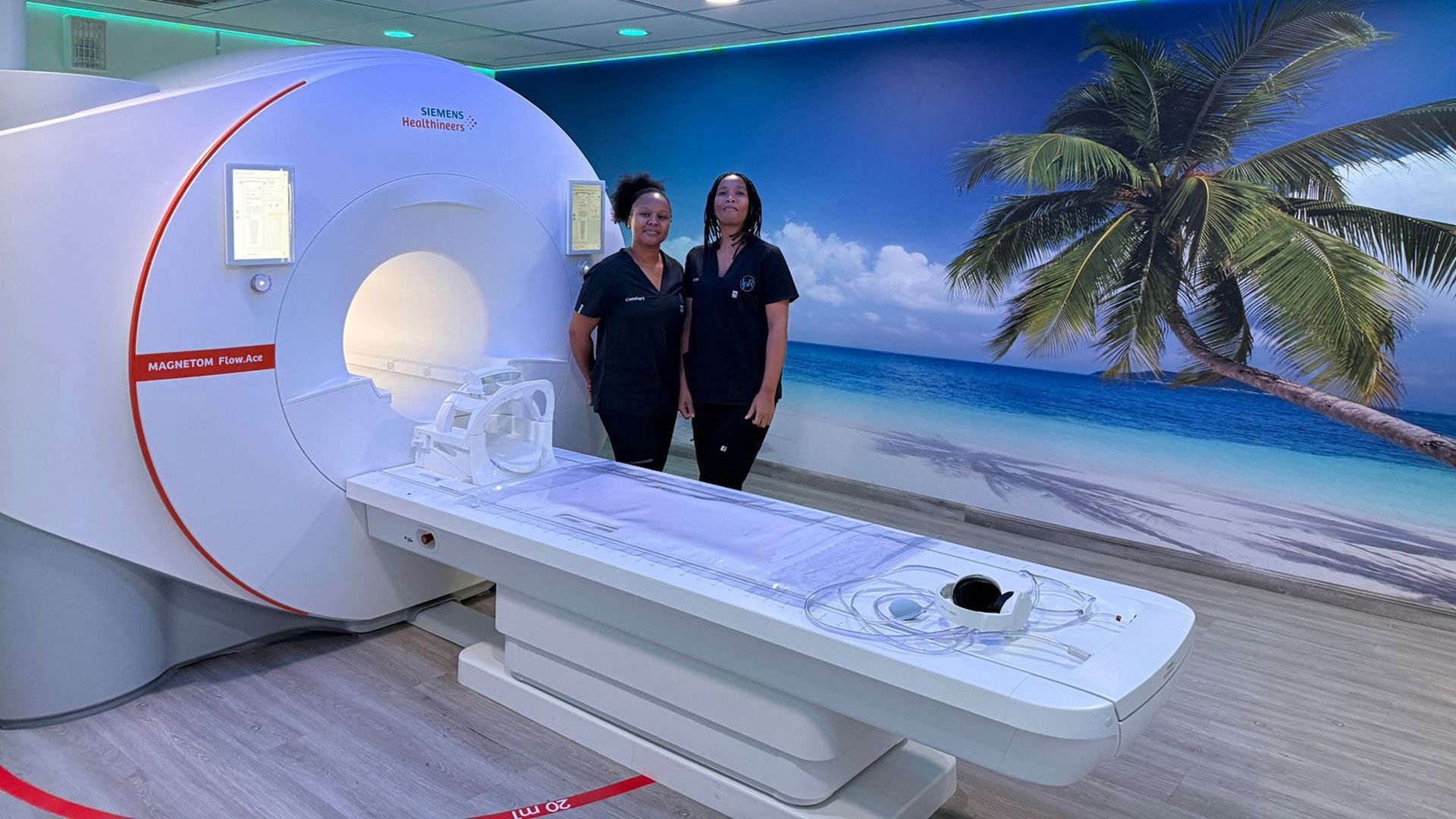Managing migraines: Understanding types and triggers
More than ‘just a headache’, neurologist explains
Migraines can severely affect the quality of life for people who suffer from them, making work, social interactions, and even simple tasks unimaginably difficult. With an estimated 15%* of the global population affected, the impact of migraines on daily life and productivity is significant and cannot be underestimated.
“Migraines are more than just headaches — they are complex neurological events that can significantly impact daily life, often leading to missed days of work or school because of the intense pain and other associated symptoms,” says neurologist Dr Michael Huth, President of the South African Headache Society and Executive Board member of the Neurological Association of South Africa, who practises at Netcare Linksfield Hospital.
“The debilitating and wide-ranging symptoms people experience with migraines can reduce productivity. In addition to brain fog and fatigue, some have sensitivity to environmental factors, such as bright lights, strong smells, or loud noises, which can worsen symptoms.
“Furthermore, the emotional distress of dealing with chronic pain from recurring migraines can contribute to anxiety and depression for some individuals who endure them, underlining the importance of proper diagnosis and appropriate management of migraines,” he says.
“While many people think of migraines as intense head pain, there are different types of migraines, each with characteristic symptoms, duration, and triggers. Determining what type of migraine a person is experiencing is key to establishing what can be done to help manage the episodes effectively and, where possible, prevent them.”
Types of migraines generally fall into two broad categories, depending on whether there is a visual or sensory disturbance known as an ‘aura’ before or during the headache phase. “An aura can be described as flashing lights, blind spots, tingling sensations, or difficulty speaking, and a classic migraine includes aura symptoms for 20 minutes to an hour,” Dr Huth explains.
“A migraine without an aura is known as a common migraine. Symptoms include throbbing or pulsating pain often felt on one side of the head, nausea, vomiting, and sensitivity to light and sound.
“These migraines typically last between four and 72 hours without treatment, and frequency varies with some people experiencing occasional attacks, known as episodic migraine, while others may experience repeated migraines many times in a month.
“Chronic migraine is defined as symptoms occurring for 15 days or more per month for at least three months. These migraines are persistent and can be near-daily in severe cases,” he says.
“Hemiplegic migraine, which is often caused by genetic factors, is experienced as temporary weakness or paralysis on one side of the body, lasting anywhere from a few hours to several days at a time. This type of migraine is accompanied by aura symptoms such as confusion, speech difficulties, or dizziness. While the attacks are usually infrequent, some individuals experience hemiplegic migraine multiple times a year.”
In addition to these more widely recognised migraines, Dr Huth warns that some lesser-known types can be just as disruptive.
“Vestibular migraine, also known as migraine-associated vertigo, involves symptoms of dizziness, balance issues, nausea, and sensitivity to movement – sometimes without a headache ¬– lasting from minutes to hours. Lifestyle changes can be helpful in conjunction with vestibular rehabilitation therapy to improve balance and stability and prescribed treatment such as beta-blockers or anti-seizure medication.
“Abdominal migraines, on the other hand, are recurrent episodes of severe stomach pain, nausea, and vomiting, usually seen in children. Often, adjusting lifestyle factors and drinking enough water for good hydration can help to prevent or minimise abdominal migraines, supported with medication where needed,” Dr Huth says.
“Ophthalmic or retinal migraine symptoms include temporary loss of vision or visual disturbances in one eye, followed by or accompanied by a headache. It is important that people experiencing this type of migraine have an eye examination with their ophthalmologist to rule out the possibility of other eye-related conditions that could be contributing to the condition. Identifying and avoiding triggers can be helpful, as well as migraine-specific medications guided by your treating doctor.”
Tips to reduce migraine frequency and severity
“While medication can help manage migraines, the following lifestyle changes can play a crucial role in reducing their frequency and intensity,” he advises.
1. Maintain a consistent routine
- Stick to regular sleeping patterns, aiming for seven to nine hours of rest.
- Eat balanced meals at the same times each day to prevent blood sugar levels from dropping.
- Stay hydrated, as dehydration is a common migraine trigger.
2. Manage stress
- Practise relaxation techniques like meditation, deep breathing, or yoga.
- Take breaks from screens and limit exposure to bright or flickering lights.
3. Exercise in moderation
- Low-impact activities like walking, swimming, or stretching can help.
- Avoid overexertion, as intense workouts can sometimes trigger migraines.
4. Watch your diet
- Keep a migraine diary to help identify and avoid triggers.
- Common food triggers include caffeine, alcohol, aged cheeses, processed meats, and artificial sweeteners.
- An elimination diet can help pinpoint specific food triggers.
5. Medication and alternative therapies
- Preventive medications may be prescribed for frequent migraines.
- Acupuncture and magnesium supplements can provide relief for some sufferers.
“Migraines are complex and vary widely from person to person. Understanding the different types, recognising their symptoms, and implementing lifestyle strategies can make a significant difference in managing them.
“If you or someone you know experiences frequent migraines, there is help available and consulting a doctor for an individualised treatment plan is recommended. Through awareness and prioritising self-care, quality of life can be greatly improved for those suffering from migraines,” Dr Huth concludes.













